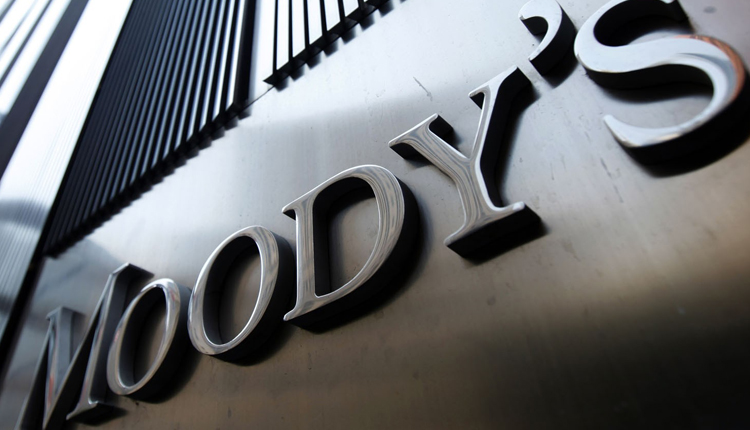Moody’s Investors Service has on Friday cut Saudi Arabia’s outlook to “negative” from “stable”, saying the oil price crash has increased fiscal risks for the kingdom.
Demand for oil dried up by a third due to lockdowns and business shutdowns to control the spread of the coronavirus pandemic.
“The negative outlook reflects increased downside risks to Saudi Arabia’s fiscal strength stemming from the severe shock to global oil demand and prices triggered by the coronavirus pandemic, and from the uncertainty regarding the degree to which the government will be able to offset its oil revenue losses and stabilise its debt burden and assets in the medium term,” Moody’s said in a statement.
However, the ratings agency affirmed Saudi Arabia’s sovereign credit rating at “A1”, citing the government’s “still relatively robust, albeit deteriorating” balance sheet, moderate debt level and substantial fiscal and external liquidity buffers.
Moody’s also said that Saudi’s vulnerability to the fall in oil prices was balanced by its very large hydrocarbon reserves and low extraction costs, which support economic resiliency even in an environment of low oil prices.
Saudi Arabia is facing loss in government revenue and exports due to the decline in oil demand and plummeting prices, it added.
“The government’s balance sheet has weakened since the previous oil price shock in 2015-16, notwithstanding some recent improvements in budget execution, leaving the sovereign’s credit profile exposed to the further prolonged period of depressed oil prices that the pandemic may usher in.”
On April 12, Saudi Arabia, along with OPEC+ countries reached a historic agreement to cut output by a 9.7 million barrels per day (bpd), which amounts to 10 percent of global supply.
The oil production cuts came into effect on May 1.
“Based on these oil price assumptions and Saudi Arabia’s commitment to cut oil production, Moody’s now expects that government revenues will drop by about 33 percent in 2020 and about 25 percent in 2021 relative to 2019, even after accounting for potentially higher dividends from state-owned entities.”
Moody’s also projected that Saudi Arabia’s fiscal deficit will widen to more than 12 percent of GDP in 2020 and more than 8 percent of GDP in 2012, in a sharp increase from the 4.5 percent of GDP in 2019.



